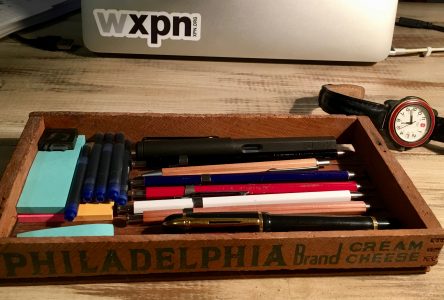We are now in the full swing of the semester! You need to post a response to the Intro and Chapter 1 of Jenny Odell’s How to Do Nothing by this Tuesday, 9/08 (see Writing 2). Please make sure that you’ve set up your WordPress account and accepted my invitation to contribute to this site (see Writing 1), so you can do so.
I will be on Zoom this coming Monday from 2:30–3:00 to talk about how you might try to get started writing about Odell. Please check in if you can. You can also ask me questions about Odell or the assignment on our Canvas Discussion Board, on our class Twitter feed (#e110fall2020), by messaging me on Twitter (@josephdharris), or during my Zoom Student Hours on Monday from 3:00–4:00.
I will also begin holding my first series of one-on-one conferences this week. If you haven’t scheduled a conference yet, please email me pronto to suggest some open time slots that you can make.
As a reminder, my Zoom address is https://udel.zoom.us/my/joeharris.
To Do Next Week
- Read the course materials I’ve posted to this site. If you’ve been paying attention, you’ll notice that this is exactly what I wrote last week. But I have to say I’m not convinced that some of you have done this reading yet. And, well, you just have to. I don’t know any other way to put it. You need to read through the pages posted on the menu bar at the top of this screen. They are the course. I’ll be posting updates like this one each week, but you need to read through the course materials first in order to get a good sense of what this course is about and the work you will need to do in it.
- Keep reading How to Do Nothing (Chapters 2 and 3, pp. 30–126) and Rewriting (Chapters 2 and 3, pp. 35–73). This reading will be the basis of Writing 4, due on Tuesday, 9/15
- Tues, 9/08, 4:00 pm: Post Writing 2 (Defining Odell’s Project) to this site.
- Tues, 9/08, Wed, 9/09, Thurs, 9/10: Come talk with me on Zoom, if you’re scheduled for a conference this week! (See Conferences for some thoughts on what we might talk about.)
- Thurs, 9/10, 4:00 pm: Post Writing 3 (Comments) to this site.
- Tues, 9/15, 4:00 pm: Post Writing 4 (Forwarding or Countering Odell) to this site.


